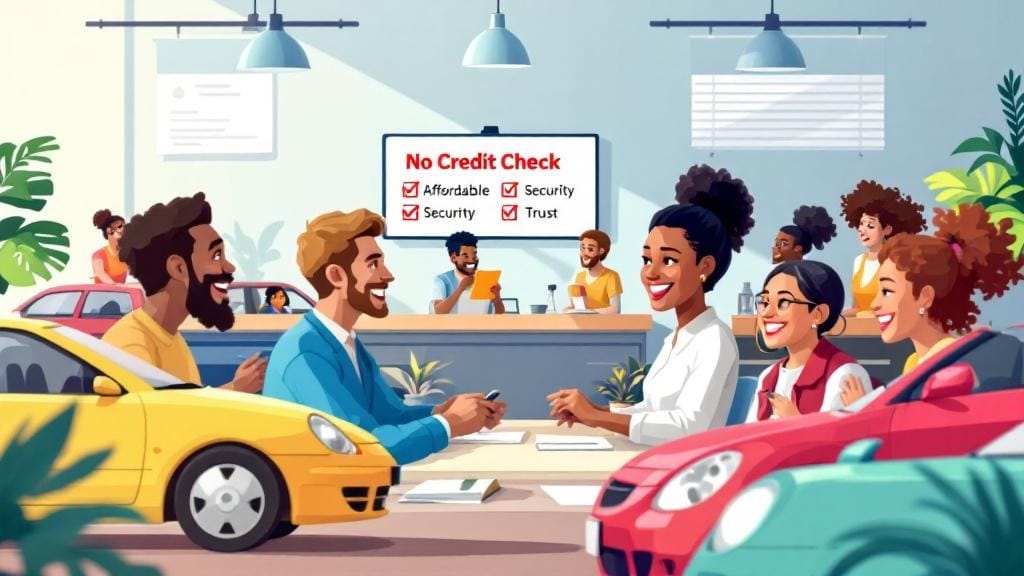Embracing the minimalist lifestyle can be incredibly rewarding, both for your mental well-being and your wallet. Whether you’re tired of living paycheck to paycheck, drowning in clutter, or simply looking for more financial freedom, minimalist budgeting might be the solution you need.
Introduction
In a world filled with endless advertisements, material desires, and ever-growing consumerism, the minimalist lifestyle offers a refreshing approach to living. It’s about focusing on what truly matters—freeing yourself from excess and prioritizing what brings joy and value to your life. But what does this look like when it comes to managing your money?
This guide to budgeting tips for minimalists will help you make sense of the minimalist approach to finance, giving you clear and practical advice for living a simple yet fulfilling life while saving more money along the way.
Let’s dive into minimalist budgeting tips and discover how you can achieve financial freedom through smarter money management.
What is Minimalist Budgeting?
Before we jump into the tips, it’s important to understand what minimalist budgeting is all about. Minimalist budgeting isn’t about cutting back to the point of deprivation—it’s about making intentional choices with your money, eliminating unnecessary expenses, and redirecting funds towards things that align with your core values and long-term goals.
Minimalism and budgeting go hand in hand because both involve intentionality. With minimalist money management, the goal is to spend less without sacrificing quality of life. Instead of wasting money on things that don’t add value, you focus on your essentials and prioritize experiences, savings, and long-term financial security.
Key Principles of Minimalist Money Management
Prioritize Your Needs Over Wants: Make decisions based on what you truly need, not what society tells you to have.
Simplify Your Financial Life: Eliminate unnecessary subscriptions, accounts, and expenses that don’t serve your purpose.
Mindful Spending: Reflect on your purchases before making them—do they align with your values?
Now that we understand the basics, let’s explore some minimalist budgeting tips that will help you save more while embracing a simpler lifestyle.
1. Create a Simplified Budget
A simple budget doesn’t have to be complicated or time-consuming. The idea is to focus on the essentials and make sure your income supports your minimalist lifestyle. Here’s how to start:
Step-by-Step Guide to Creating a Simple Budget:
Track Your Income: Know how much money you’re bringing in each month. This could be your salary, freelance income, or side hustle revenue.
List Your Necessary Expenses: Focus on the basics—housing, utilities, transportation, insurance, groceries, etc. These are the non-negotiable expenses that keep your life running.
Set Aside Savings: Prioritize your emergency fund and long-term savings before allocating money to other non-essential categories. A good rule of thumb is saving at least 20% of your income.
Trim Unnecessary Costs: Look at subscriptions and services that aren’t essential (like streaming platforms, unused gym memberships, or over-priced dining out) and eliminate them.
Using a simple budget, like the 50/30/20 rule, is an excellent way to maintain control over your spending without complicating things too much.
Example:
50% for needs (housing, utilities)
30% for wants (entertainment, eating out)
20% for savings and debt repayment
2. Prioritize Experiences Over Things
Minimalist spending habits focus on experiences rather than material goods. Instead of buying more stuff, invest in experiences that will enrich your life, like travel, learning, and time spent with loved ones.
Simple Budgeting Strategies to Save on Purchases:
Swap Material Gifts for Experiences: Instead of buying physical gifts, consider giving experiences like a homemade meal or a fun outing.
Mindful Shopping: Before making any purchase, ask yourself, “Do I really need this? Will it add value to my life in the long run?”
Decluttering Finances: Get rid of things you don’t use and sell them if possible. This not only creates space in your home but also brings in extra cash for your savings or travel fund.
Real-Life Example:
Sarah, a digital nomad, shifted her spending focus to travel experiences instead of buying more gadgets. Over the course of a year, she saved more money and had memorable trips to places she always dreamed of visiting.
3. Eliminate Debt
One of the core tenets of minimalist lifestyle budgeting is to eliminate debt as soon as possible. Living with debt is the opposite of minimalist financial freedom. High-interest credit card debt and loans can keep you stuck in a cycle of minimum payments and added stress.
Financial Minimalism Techniques for Debt Repayment:
The Debt Snowball Method: Pay off your smallest debts first, then move on to the larger ones. This method can help you build momentum and stay motivated.
The Debt Avalanche Method: Alternatively, focus on paying off high-interest debts first, which saves you more money in the long run.
Cut Back to Free Up Extra Cash: Use the money you save by cutting unnecessary expenses to pay off your debt faster.
Real-Life Example:
John, a recent college graduate, had $10,000 in student loans. By adopting a minimalist lifestyle, cutting out unnecessary expenses, and paying down his debt aggressively, he was able to eliminate the loans in just 18 months.
4. Automate Savings and Investments
One of the simplest ways to simplify money management is to automate it. Set up automatic transfers from your checking account to your savings or investment accounts. This removes the temptation to spend and ensures that you’re putting your money where it matters.
How to Automate Your Finances:
Set Up Automatic Transfers: Schedule a fixed percentage of your income to go directly into savings or retirement accounts every payday.
Use Low-Cost Investment Tools: Consider using robo-advisors or low-fee index funds to make your investments simple and efficient.
Example:
Tom automates 10% of his paycheck to go into a retirement fund and 5% into an emergency savings account. This has helped him accumulate wealth over time without ever needing to think about it.
5. Embrace the “One In, One Out” Rule
To avoid accumulating more stuff, practice the “One In, One Out” rule. For every new item you buy, make sure to donate or sell something you no longer need.
Budgeting Tips for Reducing Clutter:
Declutter Regularly: Set a schedule (e.g., every 3 months) to declutter your home and get rid of things that no longer serve you.
Embrace Multi-Function Items: When buying something new, choose items that serve multiple purposes, helping you avoid unnecessary clutter.
Real-Life Example:
Emma has limited space in her apartment. Every time she buys something new, she donates an old item to charity. This keeps her life simple and uncluttered while contributing to the community.
6. Focus on Long-Term Goals and Financial Freedom
Minimalism is all about intentional living, and your financial goals should reflect that. Whether you’re aiming for financial independence or simply wanting to reduce your reliance on material possessions, budgeting for a minimalist lifestyle can help you get there.
Tips for Financial Freedom for Minimalists:
Define Your Financial Goals: Be specific about your financial freedom goals. Do you want to retire early, travel full-time, or live debt-free? Knowing your “why” will help you stay motivated.
Live Below Your Means: In the minimalist lifestyle, spending less than you earn is crucial. Keep your expenses low so you can save and invest more.
Frequently Asked Questions
1. How do I live minimally on a budget?
Living minimally on a budget requires intentional decision-making about what you spend your money on. Focus on needs, cut out unnecessary expenses, and prioritize experiences over material goods.
2. What are the best minimalist budgeting tips?
Some of the best minimalist budgeting tips include automating savings, eliminating debt, prioritizing essential expenses, and embracing mindful spending.
3. How can I reduce clutter in my finances?
Reducing clutter in your finances involves cutting out unnecessary subscriptions, simplifying your budget, and focusing on your long-term financial goals.
4. Can I still have fun while living a minimalist lifestyle?
Absolutely! The minimalist lifestyle is about living with intention, not deprivation. You can still enjoy life’s pleasures—just focus on experiences that align with your values.
5. How can I achieve financial independence through minimalism?
By living below your means, eliminating debt, saving aggressively, and making intentional financial decisions, you can achieve financial independence as a minimalist.








Comments (0)